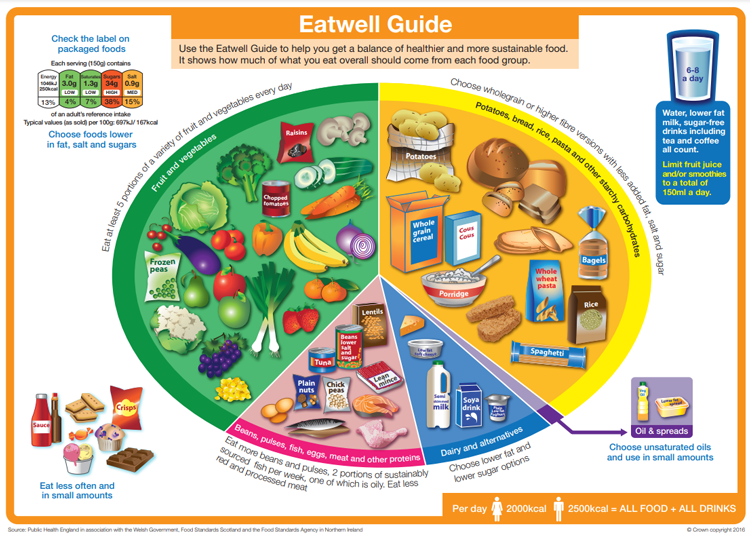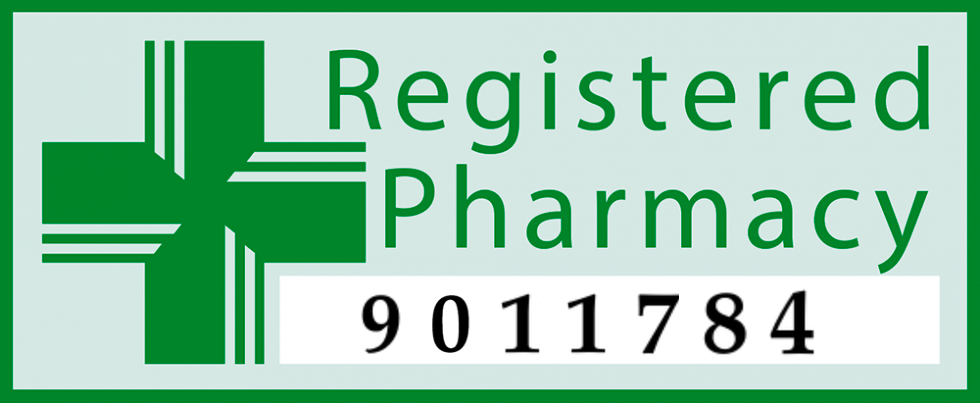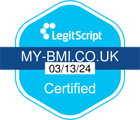Out with the old and in with the new – The Eatwell Guide.
Over the last few decades, dietary recommendations have changed, and revisions to the original design of a segmented plate have been made twice in recent times.
This is partly due to changes in recommendations as we learn more about diet and nutrition, and also to make the guide more accessible to people – especially those who aren’t completely engaged with their food intake and nutrition.
But where did it all begin, and what guidelines should we follow now?
1994 – The Balance of Good Health
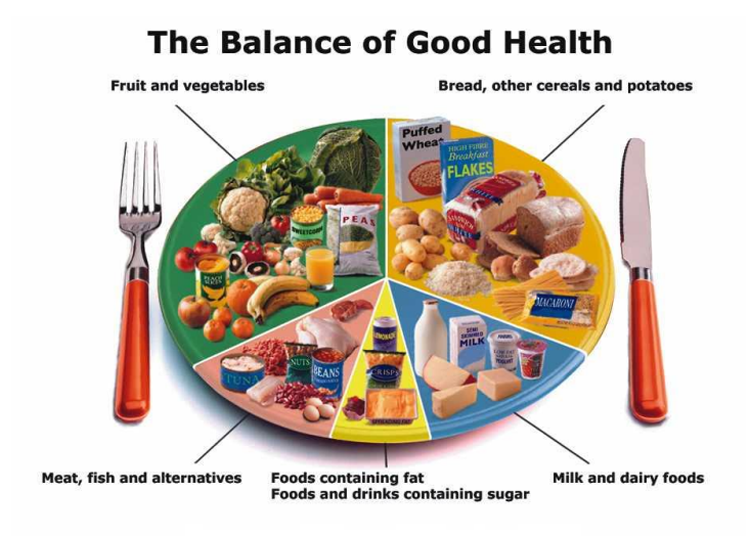
It was in 1994 that the first graphic of a segmented plate was finalised and published in the UK as a combined project between the department of health and the Ministry of Agriculture, Fisheries and Food and Health Education Authority.
The original graphic was a rudimentary plate split into 5 segments that each represented a certain food group.
A knife and fork were also included, though the guide was produced to represent an overall diet and not individual meals.
The Balance of Good Health guide was used for several years by medical professionals to demonstrate a healthy and balanced diet to patients and the general public and was the first widely distributed dietary guide within the UK.
2007 – The Eatwell Plate
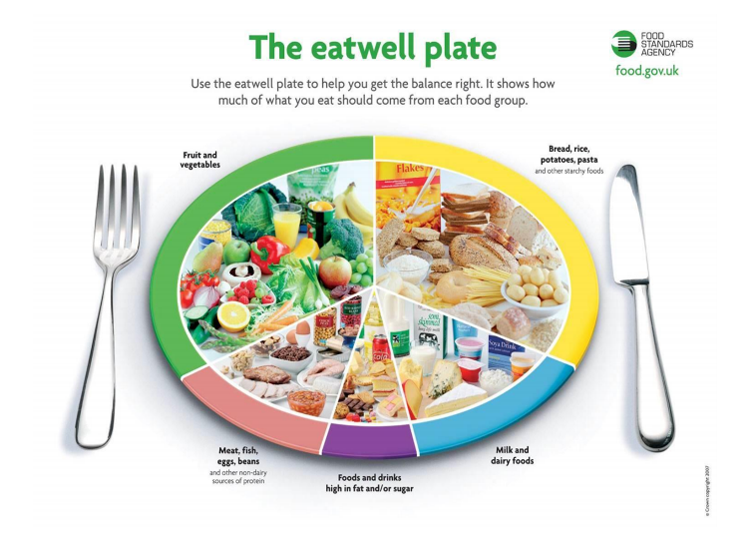
Just 12 years after the introduction of the Balance of Good health guide, the Eatwell Plate replaced the original 1994 graphic in a bid to refresh the guide and make it more appealing to look at (and potentially easier to understand).
The Eatwell Plate was published by the Food Standards Agency and began to replace the Balance of Good Health Guide in official publications.
The sizes of the segments on the plate stayed the same, and the inclusion of the knife and fork was kept, with some of the wording on the Eatwell Plate differing slightly from the 1994 Balance of Good Health guide.
Instead of “bread, other cereals and potatoes”, the carbohydrate section of the Eatwell Plate was labelled as “bread, rice, potatoes, pasta and other starchy foods”.
This change allowed the guide to incorporate foods that weren’t mentioned on the original plate and demonstrated that more foods belonged in that segment apart from bread, cereals and potatoes.
Another labelling change included the protein section of the plate, with the original 1994 guide stating “meat, fish and alternatives”, whilst the 2007 Eatwell Plate labelled the protein segment as “Meat, fish, eggs, beans and other non-dairy sources of protein”.
This created an important distinction between dairy and non-dairy sources of protein, as well as explicitly including beans as a protein.
This has helped many people realise the nutritional value of beans, as well as letting vegetarians and vegans know that there are specific alternatives available to them that are high in protein and plant-based.
Feedback from consumers on the new Eatwell Plate was positive, with many stating that it was easy to read and understand, as well as appetising and informative.
It was so successful that the new guide was distributed and followed in the UK for another 12 years.
2016 – The Eatwell Guide
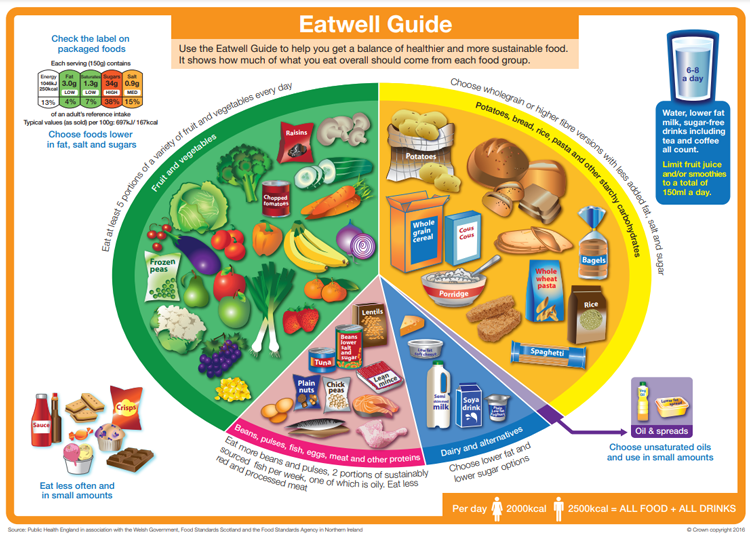
Whilst the Eatwell Plate was successful in teaching citizens of all ages within the UK about diet and nutrition, experts believed that there was a need to reform the guide once again in order to include more information.
This was especially important as certain recommendations had changed, which needed to be reflected in a new dietary guide.
The changes that were subsequently made became known as the “Eatwell Guide” rather than plate, and to date, it’s been the most drastic revision of the guide so far.
Real pictures of food were replaced with illustrations of various food items, as research showed that those who weren’t engaged with diet and nutrition preferred representations of various foods instead of real images.
This is therefore the first official dietary guide within the UK that doesn’t use images of real foods.
Perhaps the most major change to the guide was the revision of segment sizes, with both Fruits and Vegetables and Starchy Carbohydrates increasing in size, whilst the Dairy and Fats segments were reduced in size.
The protein remained around the same.
This was due to new information about diet and nutrition, especially with the inclusion of more fruit, vegetables and fibre.
However, the increasing size of carbohydrates may not be suitable for everyone – particularly those with insulin resistance or type 2 diabetes mellitus.
However, the new guide worked well for the vast majority of the population.
In addition to these changes, sugary, fatty and salty foods were removed from the purple “Fats” segment of the plate and placed on the outside, with a reminder that these foods (illustrated with chocolate, biscuits, crisps, ice cream and various condiments such as tomato ketchup) should be eaten less often and only in small amounts.
This was supposed to demonstrate that these foods aren’t essential to our diet – but that they could still be eaten as occasional treats.
The only things included in the Fats segment of the current Eatwell Guide are Oils and Spreads (often used in cooking or preparing food rather than something that we consume on their own).
Additional information was also added to the segments on the plate, with the guide advising us to choose at least 5 portions of fruit and vegetables a day, and reminding consumers to choose lower fat & sugar options when it comes to dairy products.
This is the first time that information like this was included in an official dietary guide within the UK, making it more comprehensive and understandable in a whole-diet context. We’re also reminded to choose wholegrain and high-fibre version of carbohydrates and starchy foods, whilst the protein segment tells us to eat more beans and pulses, 2 portions of sustainably sourced fish per week (which is the first indication on a dietary guide of choosing food from sustainable sources), as well as to eat less red and processed meat. The inclusion of these small pieces of advice can make a drastic impact on a person’s diet, as it makes the Eatwell Guide clear, easy to follow, and reduces the amount of confusion that can occur when choosing foods to include in your diet. The guide also recommends choosing unsaturated oils in cooking (usually ones that are liquid at room temperature and derived from plants instead of animals).
The knife and fork were also removed from the guide in order to demonstrate that the advice should apply to an overall diet and not individual meals.
This made the guide clearer for many, and means that people now think about their diet in its entirety rather than just the meals that they eat.
Other additions to the Eatwell Guide included a hydration section, advising people to drink 6-8 glasses of fluid per day, and even tells us what kind of drinks count towards our daily intake. It even reminds us that fruit juice and smoothies should be limited to 150ml a day – though this is due to the amount of sugars in a glass of fruit juice due to how concentrated it is.
The guide also includes daily recommended calories for both men and women, as well as an example of a nutritional label, which represents actual food labels that are used on packaging in the UK. These changes help us to better understand our diet and which foods we should be choosing.
Summary
Since the introduction of the Balance of Good Health guide in 1994, it has undergone a couple of revisions to make sure that it’s kept up to date and relevant, as well as easy to understand and implement.
The most recent Eatwell Guide is perhaps the most comprehensive and easy to understand, and has been in place since 2016.
It’s been helping citizens of the United Kingdom choose more satisfying and nutritious foods, as well as educating us all about hydration, daily calorie allowances, and even food labelling.
It’s unclear as to when this guide will receive any further revisions, but for now, it looks like it’s sticking around, ready to educate even more people on diet and nutrition.
If you think that the Eatwell Guide may not be the best guide for you (for example, if you’ve been told to reduce your carbohydrate intake), you should schedule an appointment with a dietitian or nutritionist who should be able to advise you on your own individual needs.

